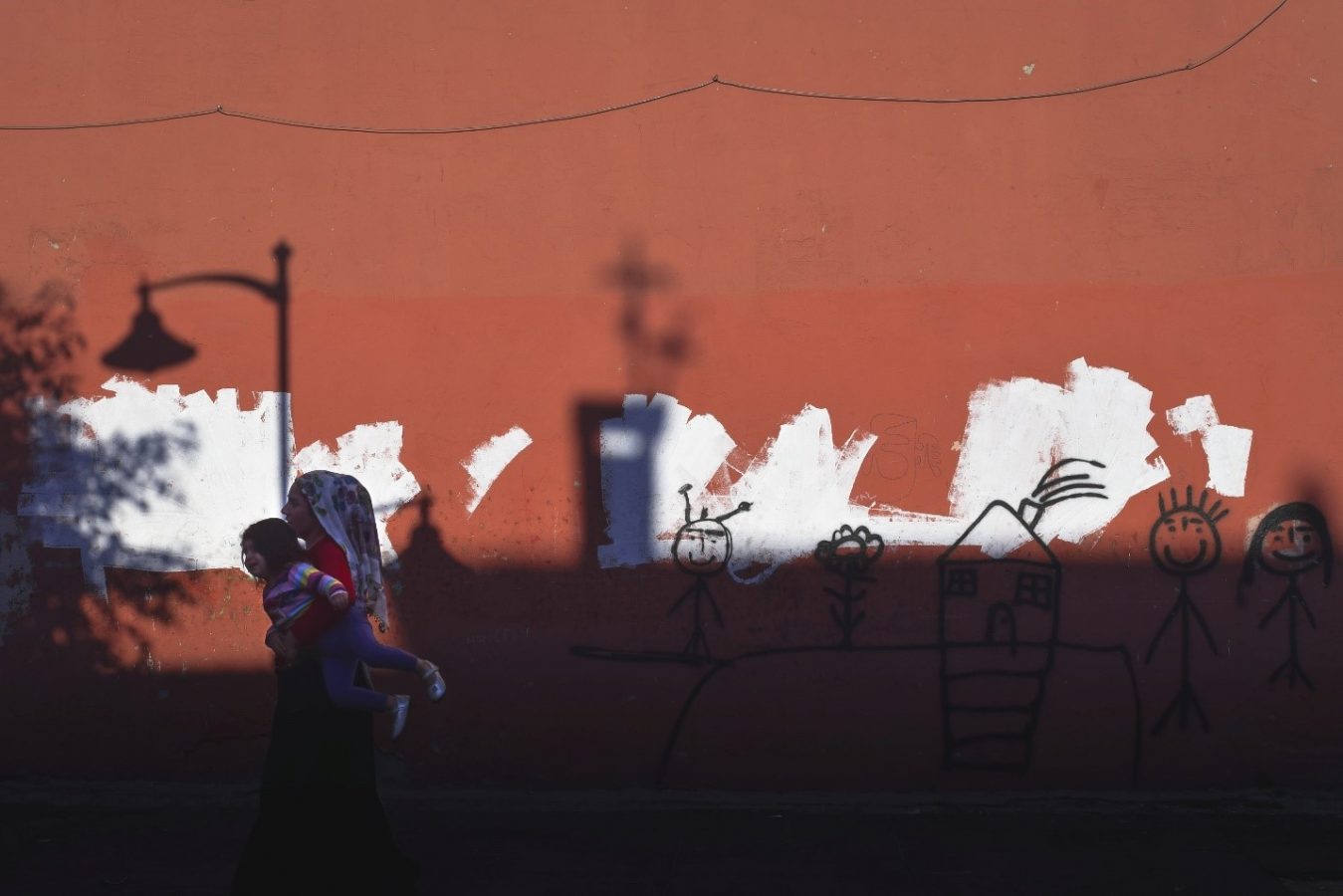The prolonged Syrian drought affected millions and the loss of the 2008 harvest accelerated migration and exacerbated poverty.
The prolonged Syrian drought affected millions and the loss of the 2008 harvest accelerated migration and exacerbated poverty.
Using IEP’s Positive Peace Index (PPI), the Ecological Threat Register (ETR) analyses the relationship between countries with high ecological threats and low levels of resilience to identify ecological “hotspots”, or countries most at risk from resilience breakdown.
Syria is among the world’s least resilient countries, ranking 154th out of 163 countries in the 2019 PPI. The ETR identifies Syria as an ecological hotspot, as the country currently faces high exposure to four ecological threats.
Those threats include all three resource depletion indicators of water stress, food security and population growth. However, due to Syria’s low resilience, the ETR finds that these ecological threats have exacerbated existing tensions and fragilities within the country.
For instance, Syria has chronically suffered from water stress. From 1999 to 2011, approximately 60 per cent of Syrian land underwent two long-term droughts.
During this time, the country was highly dependent on agriculture, which contributed to around one-quarter of Syria’s GDP and employed about 38 to 47 per cent of its work force.[i]
However, the ongoing Syrian drought caused approximately 75 per cent of farmers to experience total crop failure and in the northeast, farmers lost 80 per cent of their livestock. The prolonged Syrian drought affected millions and the loss of the 2008 harvest accelerated migration and exacerbated poverty.[ii] [iii] [iv]
By 2011, an estimated 1.3 million to 1.5 million Syrians were forced to relocate to urban centres. As a consequence of shortages, the price of food and basic resources increased markedly, further aggravating the hardship to which the Syrian people were subject.
Extreme poverty led to malnutrition, families selling their assets, greater indebtedness, increases in urban migration and children interrupting their studies to seek work.[v] [vi] [vii]
As a result, this ongoing deprivation contributed to further dissatisfaction with the regime of President Bashar al-Assad, who had come to power in 2000 following the death of the previous president, his father Hafez.[viii]

Consequently, Syria plunged into a civil war in 2012 and government forces engaged in open combat with opposition militias. At this time, many foreign governments aligned with one side or another, providing weapons and other resources.
Water resources and infrastructure became a target of terrorism due to the strategic value – with the Islamic State (IS) conducting attacks on these vital resources across Syria. [ix] Subsequently, the full-scale civil war led millions of Syrians to leave the country to seek refuge in neighbouring nations and Europe.
In 2015, the crisis resulted in large inflows into Europe, with more than one million refugees seeking asylum in the continent that year. The vast majority of these were Syrians, although Afghans, Iraqis and other nationalities were also recorded.
Countries like Germany, Sweden, Hungary and Austria gave asylum to most of this refugee population. However, these and other European countries experienced a rise in political instability and the emergence of new anti-immigration parties.
The ETR finds that Syria’s Positive Peace deficiencies combined to plunge the country into a vicious cycle of deprivation and unrest.
Sound Business Environment: Syria’s underdeveloped economy and over-reliance on agriculture meant it was particularly susceptible to ecological threats.
Equitable Distribution of Resources: High levels of poverty and reliance on agricultural activity combined to exacerbate the deprivation caused by the Syrian drought. Syria’s weak and poorly diversified economy – low development of Sound Business Environment – meant it was not able to import enough food and basic goods for its population.
Well-Functioning Government and Low Levels of Corruption: Combined deficiencies in these two Pillars meant the administration had neither the diligence nor the means to mitigate the impact of the Syrian drought.
The Syrian conflict illustrates how ecological risks can intensify existing social and political grievances. It demonstrates that as a consequence of extreme water stress, economic development and food production are impeded – with the nourishment, health and well-being of the Syrian population being compromised.
Such deprivations escalate existing social tensions, and conflict and displacement ensue as a result. However, this not only spreads from national levels, but into regional and global concerns as well.
With very low and deteriorating levels of Positive Peace, Syria will confront significant challenges in coping with ecological threats.
[i] Murray, V., McBean, G., Bhatt, M. et al. (2012). A Special Report of Working Groups I and II of the Intergovernmental Panel on Climate Change (IPCC). Cambridge, UK and New York, NY. Retrieved July 29, 2020, from https://www. ipcc.ch/report/managing-the-risks-of-extreme-events-and-disasters-toadvance-climate-change-adaptation/case-studies/
[ii] United Nations. (2009). Syria Drought Response Plan.
[iii] United Nations General Assembly. (2011). General Assembly Report of the Special Rapporteur on the right to food, Olivier De Schutter. Mission to the Syrian Arab Republic.
[iv] Sowers, J., Vengosh, A., Weinthal, E. (2011). Climate change, water resources, and the politics of adaptation in the Middle East and North Africa. Climatic Change, 104(3-4), 599-627.
[v] Food and Agriculture Organization. (2009). FAO’s role in the Syria Drought Response Plan 2009.
[vi] United Nations. (2009). Syria Drought Response Plan.
[vii] Solh, M. (2010). Tackling the drought in Syria. Nature Middle East.
[viii] BBC. (2020). Why is There War in Syria?
[ix] Environmental Justice Foundation. (2017). Beyond Borders: Our changing climate – its role in conflict and displacement.